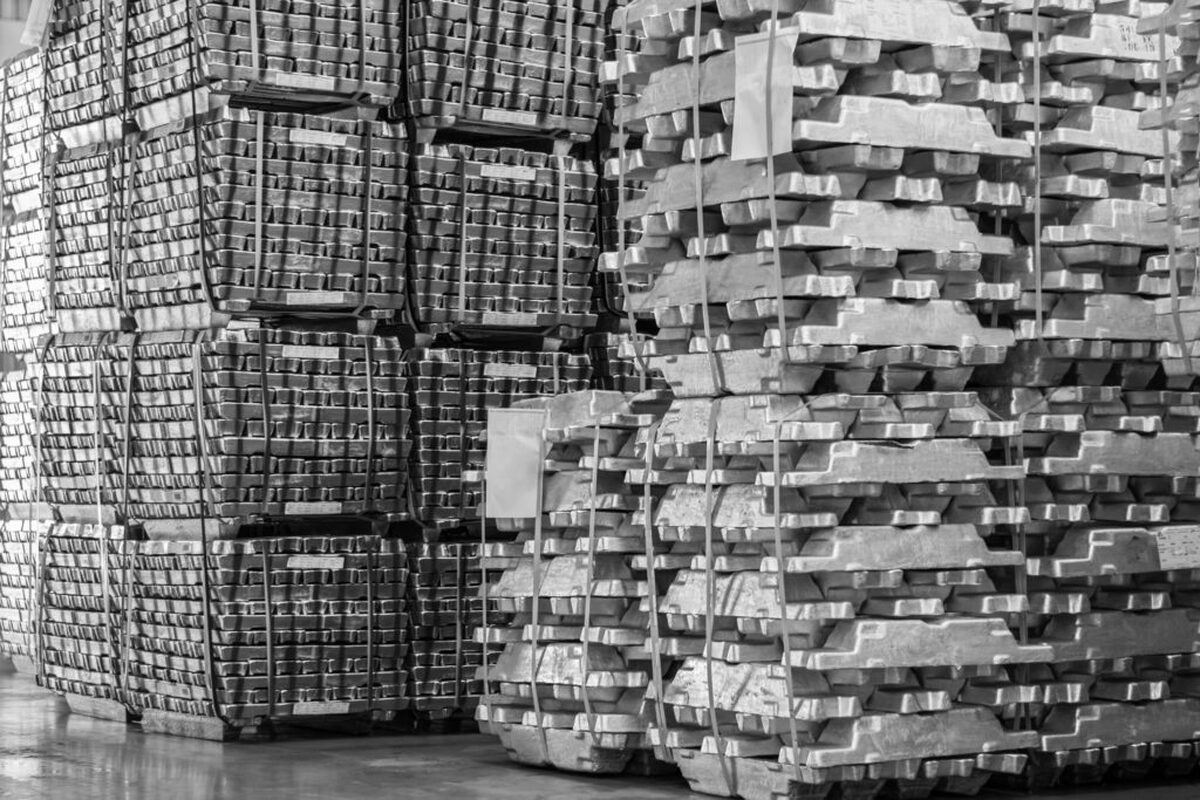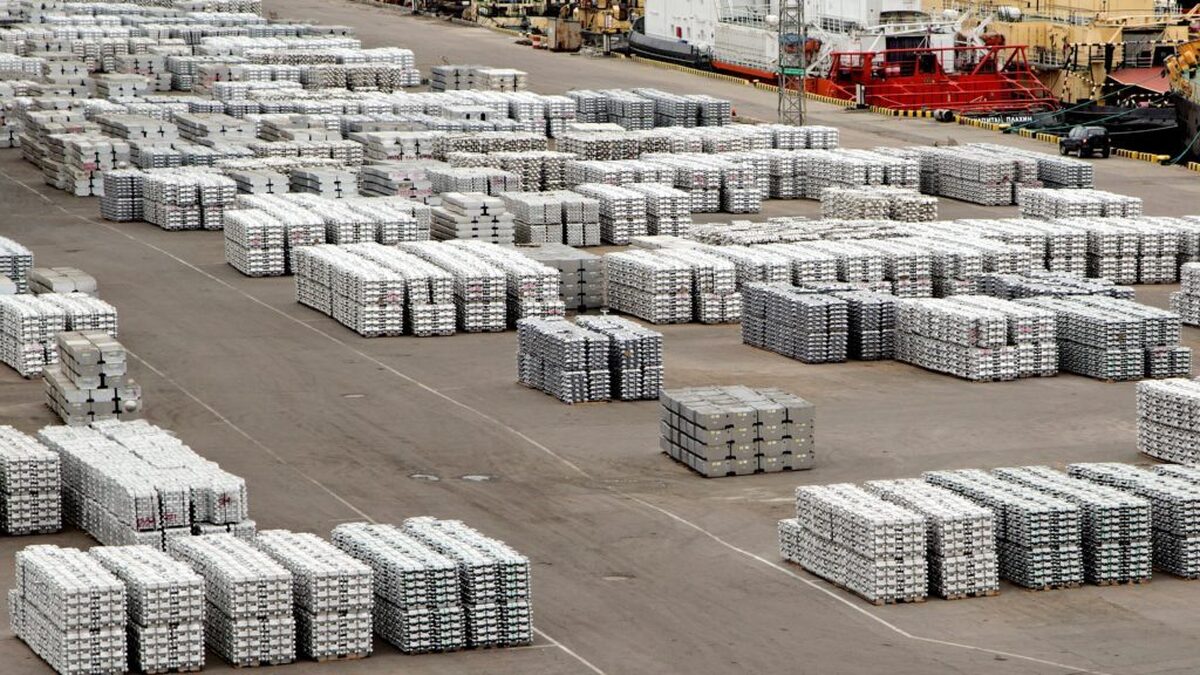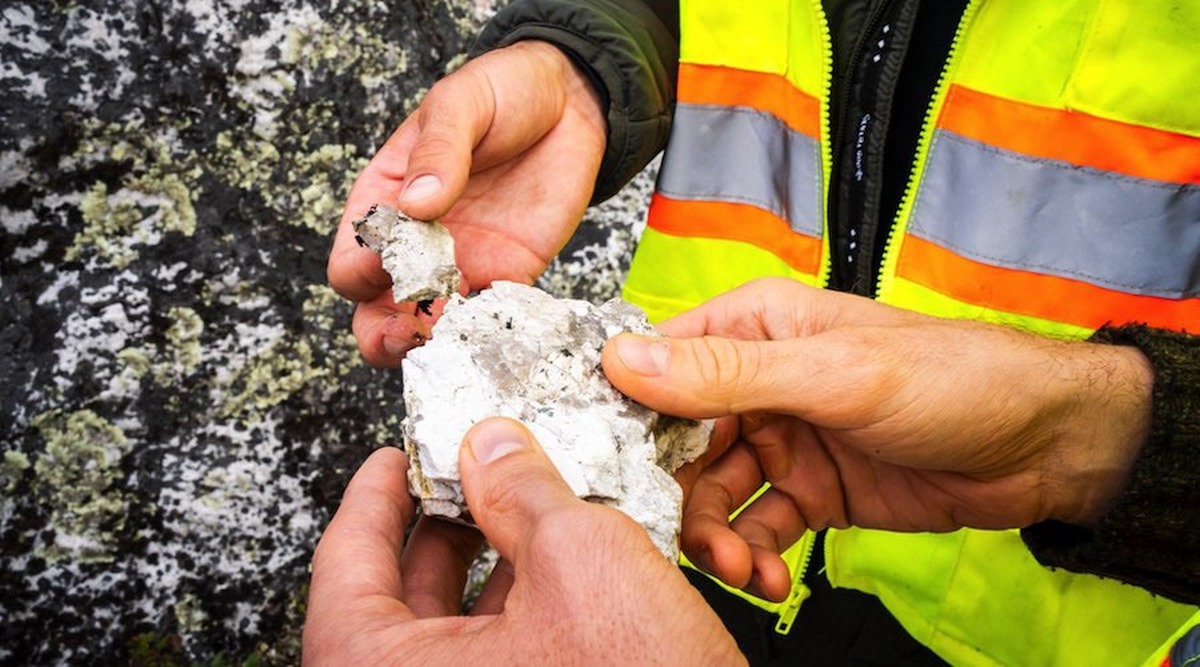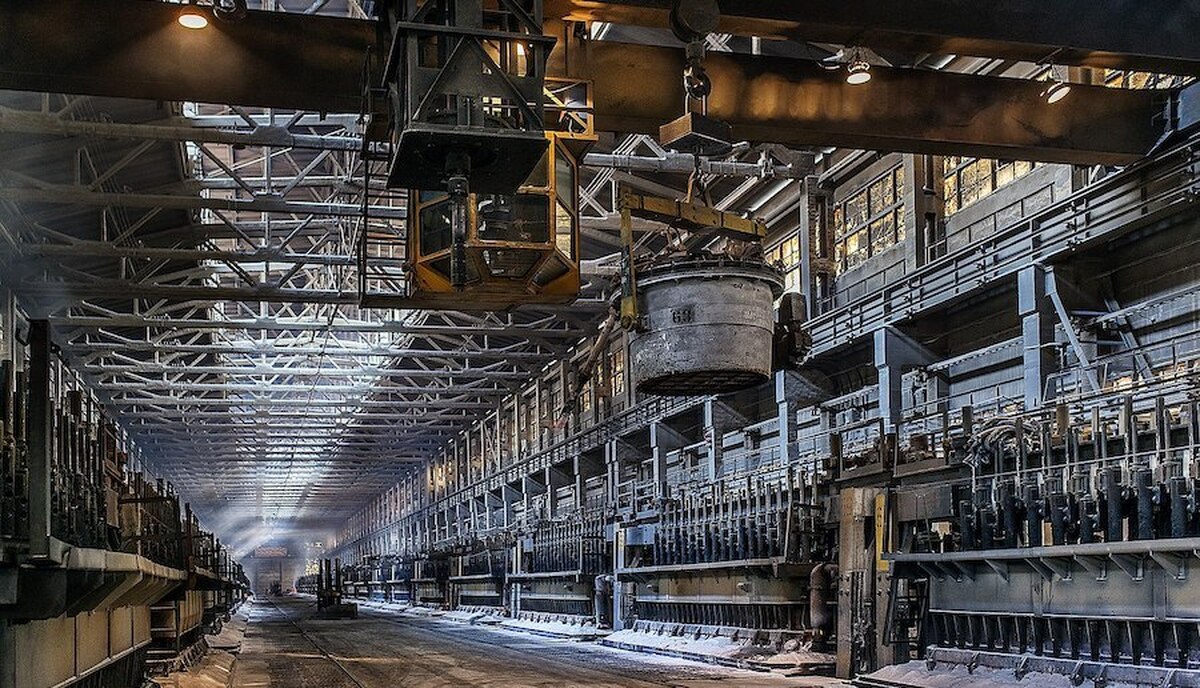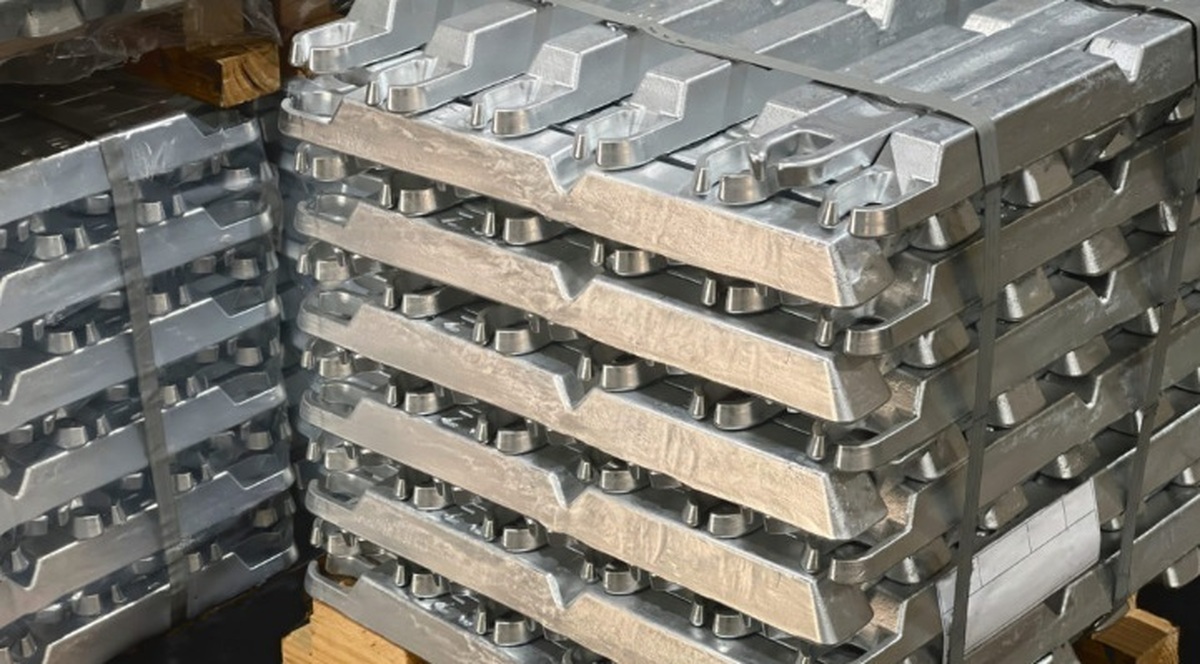
Need for Modernizing Aluminum Industry

According to Aluminum Insider, aluminum will continue this global trend up until 2020, with the transportation sector acting as the main driver for growth. Iran is well positioned to capitalize on this development.
Middle East aluminum producers have grown from minor players to global majors in less than 15 years. The UAE, Qatar, Oman, Iran and Turkey combined, currently account for close to 22% of the world aluminum output, rising from less than 6% in 2000.
As for Iran, aluminum output capacity has hovered around 350,000 tons per year for the past few years, according to Seyyed Abbas Hosseini, the managing director of Kaveh Khouzestan Aluminum Company (KALCO).
In theory, at least, Iran has nearly all the factors needed to have a successful aluminum sector, such as access to cheap power, a qualified yet cheap labor force, production technology and growing domestic market.
As a great advantage, Iran is endowed with immense natural gas reserves and the increasing importance of indigenous gas as a key power source for the aluminum industry presents a great opportunity for the country.
Iran enjoys the cheapest gas prices in the region, lower than, for example, Saudi Arabia, Qatar and Bahrain. The country also has one of the lowest electricity costs of all aluminum producers, with power cheaper than in China, India, Brazil, USA or rest of the Middle East and Persian Gulf.
“The fact is that we have ignored aluminum’s production chain. The industry is stuck on ingot output and downstream sectors have barely grown. This has deprived us of a large amount of value-added and prevented the industry from growing,” Hosseini was quoted as saying by SMT daily.
Iran imported 244,600 tons of aluminum worth $214.1 million during the eight months to November 21, registering a 14.4% drop in import volume and 19.4% growth in value compared with last year’s similar period.
According to the official, remedying this deficiency was the motive behind establishing KALCO nearly two years ago in Khuzestan Province.
The plant's first production phase is scheduled to be completed by the end of March. It will produce 11,000 tons of extruded aluminum.
The project is financed by Kaveh Pars Mining Industries Development Company.
KALCO’s second development phase, including a casting and billet production line, is also simultaneously under construction and will be completed in 2018.
Inadequate Raw Material Reserves
Despite Iran’s advantages in the industry, there is still one main impediment to its growth: lack of raw material reserves, according to Iranian Mines and Mining Industries Development & Renovation Organization's aluminum advisor, Mohammad Ashofteh Ajbisheh.
Iran’s southern neighbors face the same situation.
Most of them have no mines, but by forging partnership with certain African, Brazilian and Australian companies for procurement of raw materials, they have been able to turn this disadvantage to a competitive edge by making use of cheap energy and close proximity to free waters.
“Our neighbors were able to turn this into an advantage by signing 10-20 year deals with global mining firms. Of course, they were never hindered by sanctions [like Iran was],” he said.
Iran depends on alumina imports that are cheaper compared to domestic alumina production. Each ton of alumina costs $295 to manufacture at Jajarm Alumina Plant.
The country’s only source of bauxite is the Jajarm Mine in North Khorasan Province, with reserves estimated at less than 20 million tons. In fact, the country is paying a premium compared to international market prices.
According to statistics by Commodities Research Unit, the average price Iran paid for alumina in July was close to $280 per ton, while the global average aluminum price index stood at around $240.
Iran already has a deal in place with Guinea entailing exploration and extraction of 600 million tons of bauxite from its deposits at central Guinea. The exploitation of the mine is set to begin by the end of the current Iranian year (March 20, 2017).
Alumina is an oxide of aluminum, occurring in nature as different minerals, including bauxite.
Looking for Deals in China
Mehdi Karbasian, the head of IMIDRO, visited Beijing a week ago to hold talks with some of the industrial giant’s mining companies, namely the NFC Group, MMC and Chinalco Mining Corporation, for expansion of Iran’s aluminum industry.
During a meeting with the head of NFC Group, Zhang Keli, Karbasian called on the company to take over the construction of South Aluminum Corporation’s second development phase in southern Iran.
NFC Group is already handling SALCO’s first development phase with a production capacity of 300,000 tons per year in Fars Province.
According to Zhang, the project will be completed by September 2018.
Managing Director of Chinalco Zhang Chengzhong told Karbasian that his company is ready to help Iran procure bauxite from Guinea and new destinations such as Vietnam.


Gold price edges up as market awaits Fed minutes, Powell speech

Glencore trader who led ill-fated battery recycling push to exit

Emirates Global Aluminium unit to exit Guinea after mine seized

Iron ore price dips on China blast furnace cuts, US trade restrictions

Roshel, Swebor partner to produce ballistic-grade steel in Canada

Trump weighs using $2 billion in CHIPS Act funding for critical minerals
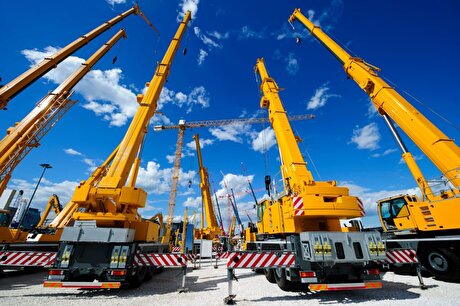
US hikes steel, aluminum tariffs on imported wind turbines, cranes, railcars

EverMetal launches US-based critical metals recycling platform
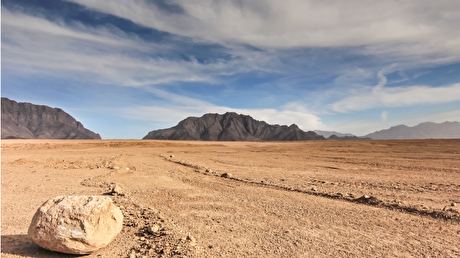
Afghanistan says China seeks its participation in Belt and Road Initiative

Energy Fuels soars on Vulcan Elements partnership

Northern Dynasty sticks to proposal in battle to lift Pebble mine veto

Giustra-backed mining firm teams up with informal miners in Colombia

Critical Metals signs agreement to supply rare earth to US government-funded facility

China extends rare earth controls to imported material

Galan Lithium proceeds with $13M financing for Argentina project

Silver price touches $39 as market weighs rate cut outlook

First Quantum drops plan to sell stakes in Zambia copper mines
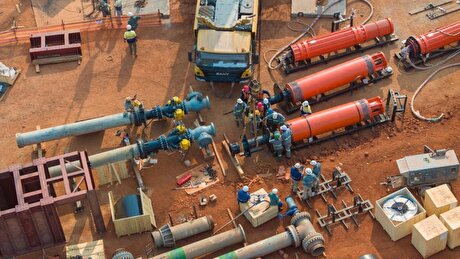
Ivanhoe advances Kamoa dewatering plan, plans forecasts

Texas factory gives Chinese copper firm an edge in tariff war

Energy Fuels soars on Vulcan Elements partnership

Northern Dynasty sticks to proposal in battle to lift Pebble mine veto

Giustra-backed mining firm teams up with informal miners in Colombia

Critical Metals signs agreement to supply rare earth to US government-funded facility

China extends rare earth controls to imported material

Galan Lithium proceeds with $13M financing for Argentina project

Silver price touches $39 as market weighs rate cut outlook

First Quantum drops plan to sell stakes in Zambia copper mines

Ivanhoe advances Kamoa dewatering plan, plans forecasts

